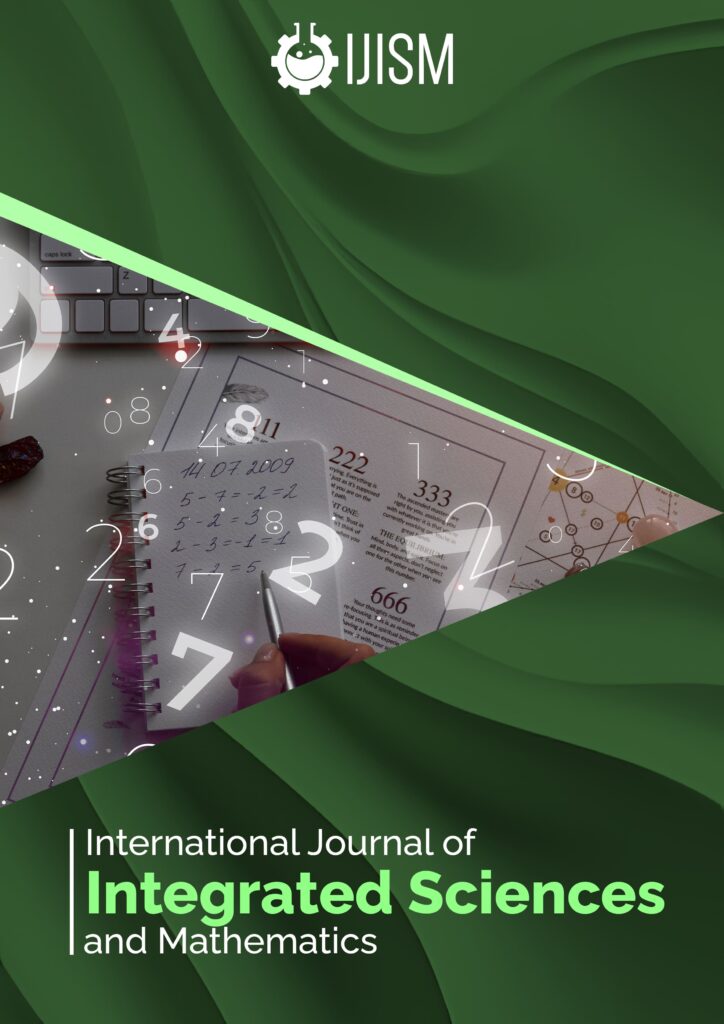A Novel Hybrid Optimization Model for Technical Efficiency Assessment in Public Hospitals: A Comparative Study During and Post-COVID-19 Pandemic

-
Published On:
1st September 2024
Citation: Javed Ali Khan (2024). A Novel Hybrid Optimization Model for Technical Efficiency Assessment in Public Hospitals: A Comparative Study During and Post-Covid-19 Pandemic, Internation Journal of Integrated Sciences and Mathematics, 1(1), 001-008
Author
Javed Ali Khan
OPJS University, Churu, Rajasthan, India.
OPJS University, Churu, Rajasthan, India.
Abstract
Medical facilities and healthcare systems all throughout the globe have felt the effects of the COVID-19 epidemic. Public hospitals are facing financial ruin as a result of the cost of COVID-19 and other disruptions to their businesses. Hospitals should institute efficiency measures to swiftly regain financial stability. For the purpose of evaluating the efficacy of public hospitals both during and after the COVID-19 epidemic, we present an average technical efficiency (ATE) model that combines data envelope analysis (DEA) with stochastic frontier analysis (SFA). Aside from the input and output quantities, the DEA approach does not require any further information because it is non-parametric. Statistical hypothesis testing about production structure and degree of inefficiency is made possible by SFA, a parametric approach that takes stochastic noise in data into account. The goal of combining these two seemingly incompatible methods is to create a new integrated strategy that takes into account the advantages and disadvantages of both. The suggested Hybrid DEA and SFA model is demonstrated through a case study to demonstrate its usefulness and effectiveness.
Copyright Information
This work is licensed under a Creative Commons Attribution 4.0 International License.
Authors retain copyright and grant the journal right of first publication with the work simultaneously licensed under a Creative Commons Attribution 4.0 International License that allows others to share the work with an acknowledgment of the work’s authorship and initial publication in this journal.
This has been implemented from July 2024 onwards

